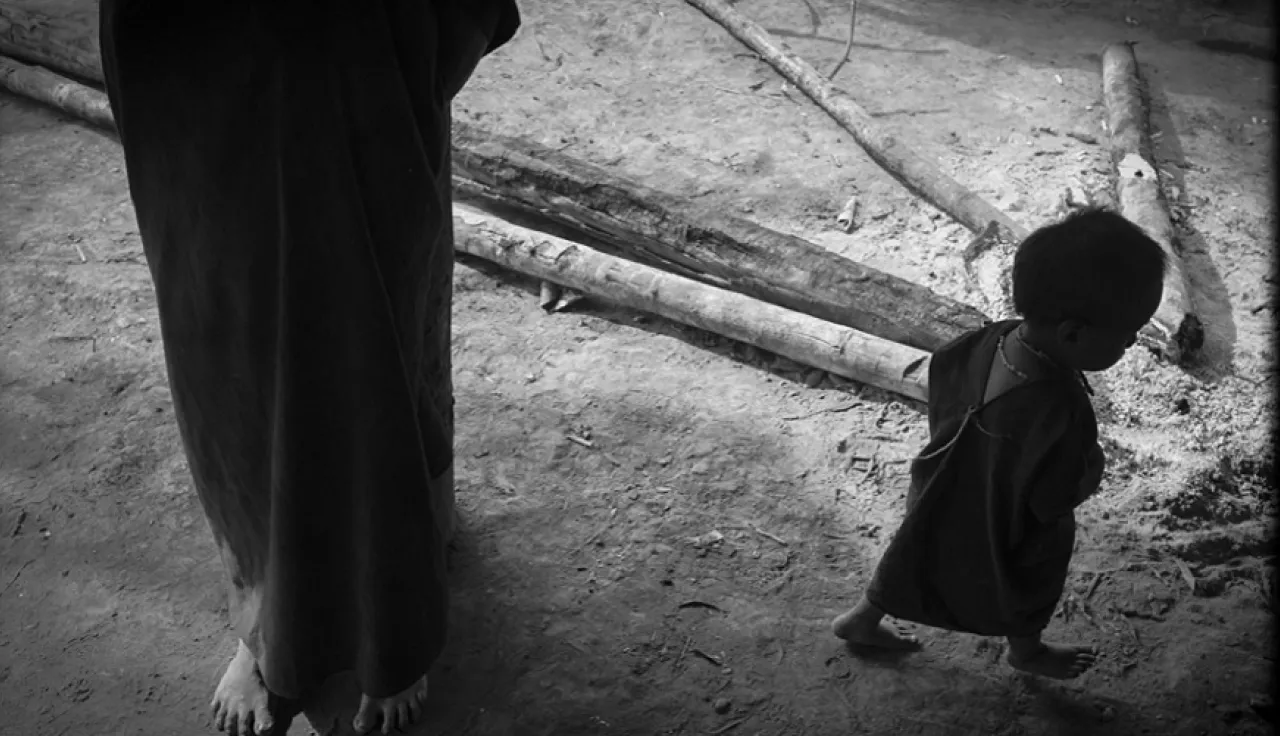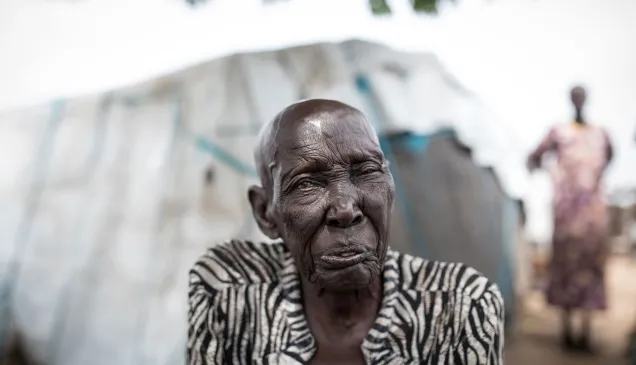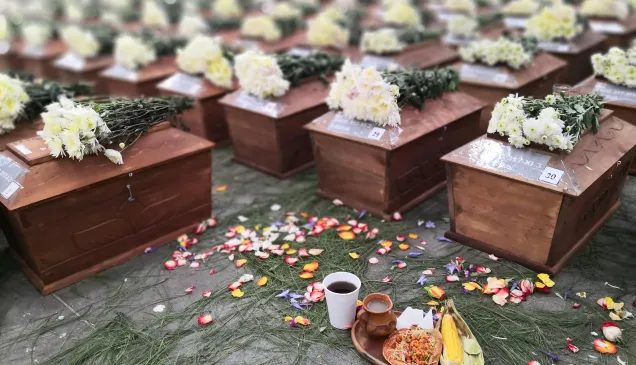Unión Alto Sanibeni is a small community of Asháninka people located in the jungle of central Peru. During the country's internal conflict in the 1980s and 1990s, violent clashes frequently broke out in the area between the government and armed groups. Caught in the crossfire, many of the local people went missing or were killed, and others fled when their homes and villages were burned down.
The Truth and Reconciliation Commission found that, of the 55,000 Asháninka, around 10,000 had been forced from their homes, 5,000 had been taken captive by Shining Path rebels, and 6,000 had been killed. Between 30 and 40 communities disappeared altogether. Decades later, little has changed. The people still bear the physical and emotional scars of the violence. And the horror of what they went through continues to haunt them.
"The violence that terrorized them may be over, but the scars run deep. Thirty years later, the fear that the violence will return lingers, stopping them from repairing the social fabric of their community, which was torn apart during the war," said Giorgio Negro, a delegate for the ICRC.
Although most of those who fled Unión Alto Sanibeni have come back, they still don't know what happened to their loved ones who disappeared. "We live in fear: at any time fighters could come and take us away, take away our children, or kill us all. Where could we escape to? We can't stop thinking we're going to have to leave again," said one Asháninka man. The fear of having to flee and start over somewhere else prevents them from planning too far ahead. This is especially true for the people living in the Valley of the Apurimac, Ene and Mantaro Rivers. For them, the conflict has never really ended.
The ICRC makes periodic visits to villages like Unión Alto Sanibeni to make sure the residents have the basics to survive. We also urge the government to include them in the programmes that provide compensation to the victims of the conflict.




